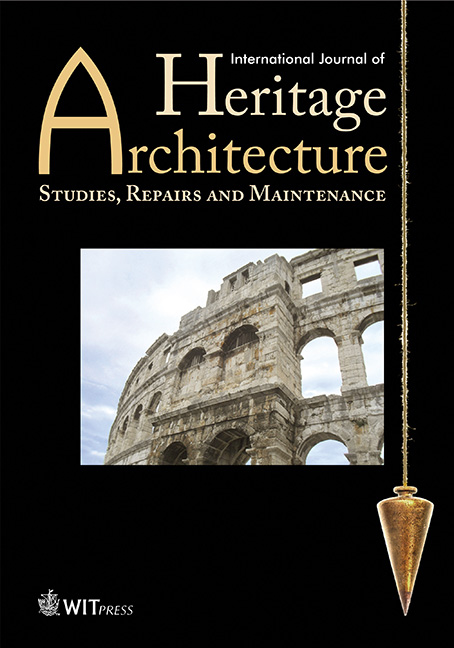MANIFESTATION OF MODERNITY IN IRANIAN PUBLIC SQUARES: BAHARESTAN SQUARE (1826–1978)
Price
Free (open access)
Volume
Volume 1 (2017), Issue 3
Pages
9
Page Range
411 - 420
Paper DOI
10.2495/HA-V1-N3-411-420
Copyright
WIT Press
Author(s)
ASMA MEHAN
Abstract
The concept of public square has changed significantly in Iran in recent centuries. This research investigated how modernity is manifested in the public squares of Tehran. In this regard, Tehran has been chosen as the main concern, while in its short history as the capital of Iran, the city has been critically transformed: first because of constant urban development during the Qajar Dynasty and then due to its rapid growth during the late Pahavi era and second because of the culture of rapid renovation and reconstruction in contemporary public spaces. Considering these facts, the urban transformation of Baharestan Square as one of the most influencing public squares of Tehran in the recent century leads us to understand the process of Iranian modernization, which is totally different from common patterns of western modernity. Analysing the historical changes of Baharestan Square based on manuscripts, western travellers’ diaries, historical images and maps, from its formation till the Islamic Revolution (1978), shows how the traditional elements of the square as well as its form and function have been totally transformed. Analysing the spatial qualities of Baharestan Square clarifies that its special location near the first Iranian Parliament building, Sepahsalar Mosque and Negarestan Garden represents it as the first modern focal point in Iranian’s political and social life.
Keywords
Baharestan Square, Iranian modernity, public square, Tehran




